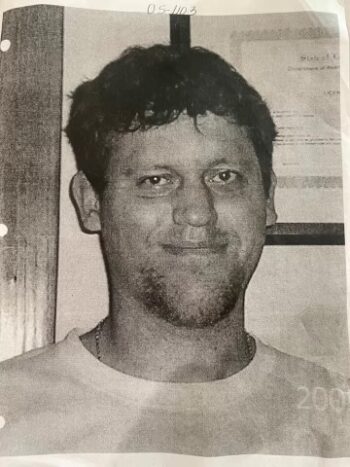
By Michael Ashcraft —
Today Sean Corcoran’s life has been transformed. But in 2005, he was a drug addict dying in a hotel room he snagged from FEMA after Hurricane Rita.
“I lay on the floor, alone in the dark, dying,” Sean recalled on a Facebook post in 2018. “My breathing was shallow and purposeful and took all of my energy and focus. With each breath I silently repeated the same prayer I had said dozens if not hundreds of times before – ‘God, please pull me out of this one last time.’”
As he came out of the meth-induced stupor, he remembered a pamphlet in his run-down truck for a rehab facility. He rummaged through all his belongings stuffed in his Chevy. That flier, and Jesus, were his ticket not only to a turnaround but to wild success.
Unlike many drug addicts, Sean Corcoran had an idyllic family in Louisiana. His problem was his brain. It always seemed to be racing with tremendous intelligence and curiosity but was easily bored.
He turned to drugs to stay entertained.
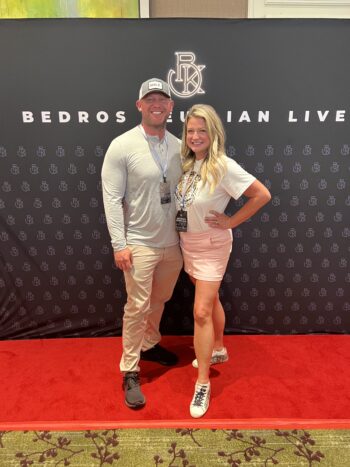 “My childhood was as good as it gets. I was raised by devoted parents,” Sean tells. “I attended the best schools, learned musical instruments, played team and individual sports, was a Boy Scout.”
“My childhood was as good as it gets. I was raised by devoted parents,” Sean tells. “I attended the best schools, learned musical instruments, played team and individual sports, was a Boy Scout.”
Amid all the blessings, a friend turned him on to Adderall, an amphetamine-based stimulant for ADHD patients that helps them focus.
“I couldn’t get enjoyment out of anything that slowed my mind,” he says. “For me the hook was Adderall. With amphetamines, I was awake, alert, and hyper focused on whatever I wanted to do.”
A voracious learner, he took advantage of Adderall to master stuff. He broke things just so he could fix them and understand their inner workings.
After discovering Adderall (which a friend gave him), he researched at the library the symptoms of true ADHD patients to give the right answers to his doctor to get his own prescription. At his worst, he was taking 10 Adderall pills of 30 mg a day and barely slept.
Problems arose at 2:00 a.m. when he was awake – and no one else was awake – and he was looking for things to do to entertain his mind.
“Nothing good ever happens after 2:00 a.m.,” he says.
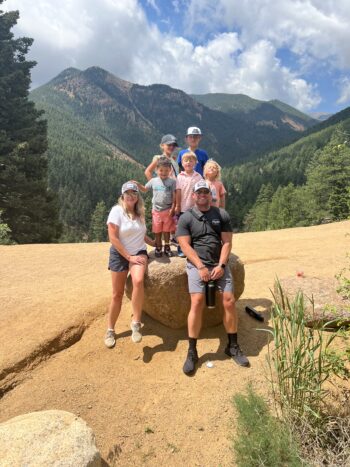 As he grew older, he was introduced to cocaine by a friend while watching a movie in 1999.
As he grew older, he was introduced to cocaine by a friend while watching a movie in 1999.
“I remember everything about that night. It was nineteen years ago and I remember it much better than I remember yesterday. That was the greatest high of my life. Though I tried for years, I never was able to get to that point again.”
Then he tried Ecstasy.
“Once I had done cocaine, and was seeking it out on a regular basis, there was really no reason to hold back. Ecstasy was next, and before long I was taking 5 or 6 ecstasy pills every Thursday, every Friday, and every Saturday night.”
While doing this, Sean held down a job. He made sure to take his drugs at parties with other people – never alone. In his mind, he wasn’t a drug addict if he took drugs with others. True addicts took drugs alone, he thought, so he refrained.
He also refrained from taking more drugs to not embarrass his family. Bringing shame to his family was something he never wanted to do.
“When meth came around it was even better because the high lasted so long and was undetectable unless someone noticed my 80-pound weight loss, huge dark circles under my eyes, or my newfound ability to clean and organize irrelevant things for hours at a time,” he says.
The downward spiral, however, was devastating. He became paranoid, peeking out the curtains to guard against “someone out there who knew what I was doing and was getting ready to bust me,” Sean says.
He worked 18-20 hours a day just to pay for his addiction. For six years, he “systematically tore apart every relationship I had with friends and with family.” he explains. “I lost jobs and I lost homes.”
Meanwhile, he had ceased to experience the euphoria of the drug. “I was not continuing because I enjoyed the rush,” Sean says. “I was continuing because I could not stop even though it was killing me. I was very aware that it was killing me.”
When Hurricane Rita hit Louisiana, Sean availed himself of the free hotel rooms offered by FEMA. This is where the end came.
He smoked his meth pipe under a single light (he had turned all the other lights into meth pipes).
“I was dying of an overdose. I wasn’t scared to die. I truly believed I had no reason left to live. I was worthless. I was hopeless,” Sean says. “I was stuck in a cycle of living just long enough to bring myself a little closer to death than the last time. My prayers for salvation were solely based in the fear of disappointing my family one more time, of giving them a lifetime of a last memory of my complete failure.”
Sean couldn’t move or breathe. The curtains were closed, and he had hung the “do not disturb” sign on the doorknob. No one was looking for him. No one was going to find him.
Then he lost consciousness.
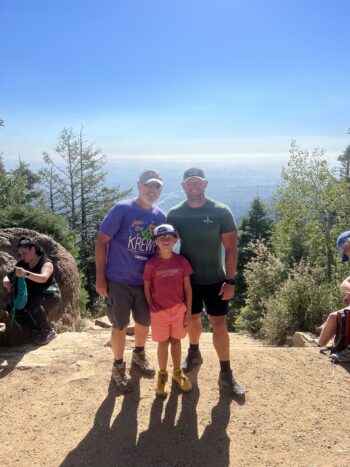 “I don’t know how long I was out. I don’t know what happened or how I survived,” he says. “I don’t know what kind of work God did on my heart and soul during that time that motivated me to my next steps. I know that my motivation was still the same, to save my family from one last grand gesture of disappointment.”
“I don’t know how long I was out. I don’t know what happened or how I survived,” he says. “I don’t know what kind of work God did on my heart and soul during that time that motivated me to my next steps. I know that my motivation was still the same, to save my family from one last grand gesture of disappointment.”
When he woke up, Sean rummaged through his S10 truck for the phone number and address of a treatment center. It was free, “which was all I could afford,” he says.
He convinced someone to fill his truck with gas and drove 200 miles to the center – which was a miracle considering he hadn’t changed the oil in five years. As he pulled into the lot, the truck broke down and he pushed it into a parking space and reported to the office.
His family – the ones he had burned in his addiction – visited immediately. They were ready to restore relationship and encourage Sean on the journey to recovery.
Sean spent 45 days in the inpatient treatment facility. He’s been clean and sober ever since then with God’s help, along with many counselors.
“It takes a tremendous amount of work and slips and falls and get-back-ups, even without the chemicals in my system,” Sean says. “I didn’t just destroy everything around me, I destroyed who I was, and building that person back is no easy task.”
After getting sober, Sean graduated from law school. His brain still raced.
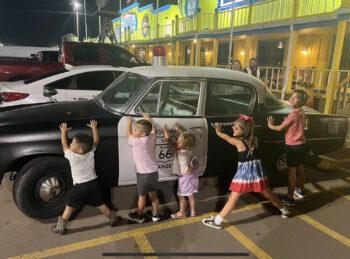 He launched businesses and closed businesses. He married a dentist and had five children, and the family lives part of the time in Colorado. Today, he speaks at public engagements about his own addiction with the hopes of helping people overcome the stigma of addiction that leaves addicts hopeless and on the brink of suicide.
He launched businesses and closed businesses. He married a dentist and had five children, and the family lives part of the time in Colorado. Today, he speaks at public engagements about his own addiction with the hopes of helping people overcome the stigma of addiction that leaves addicts hopeless and on the brink of suicide.
Sean is a very involved family man. He works and plays unendingly with his children to give them the foundation to not flounder like he did.
By God’s grace, Sean’s life was transformed.
If you want to know more about a personal relationship with God, go here
About this writer: Michael Ashcraft is a financial professional in California.




[…] “I don’t know how long I was out. I don’t know what happened or… read the rest: Adderall addiction […]
A heart touching story. Really appreciate the family who stood by him as he gained courage to undergo the treatment. This really proves whatever you do, your family always loves you and want you to be the best. Gods blessings was the best part of all without which he could never come out of his addiction.
Comments are closed.